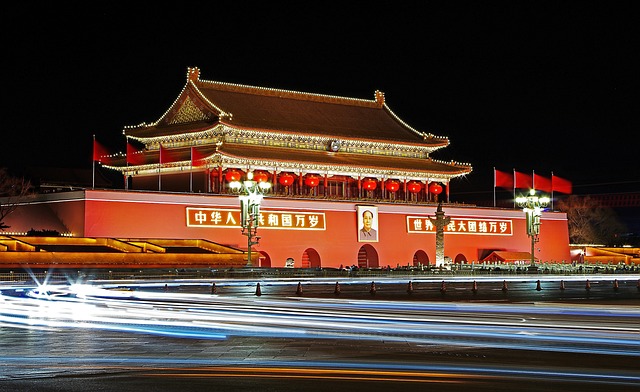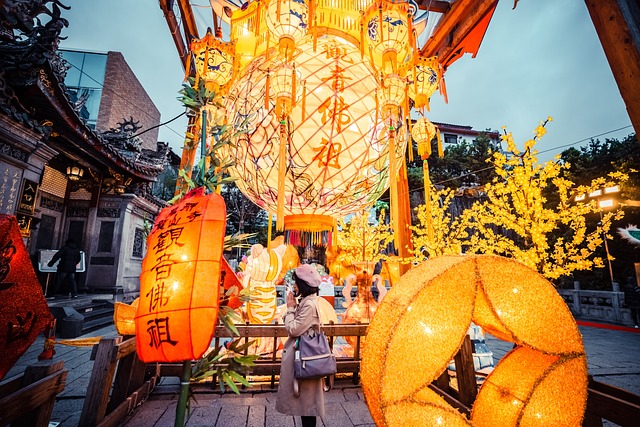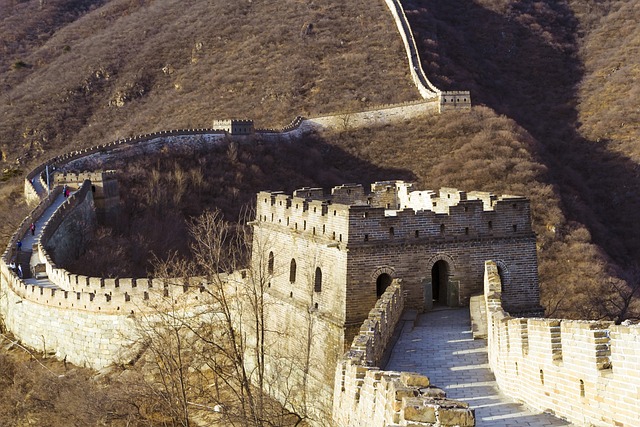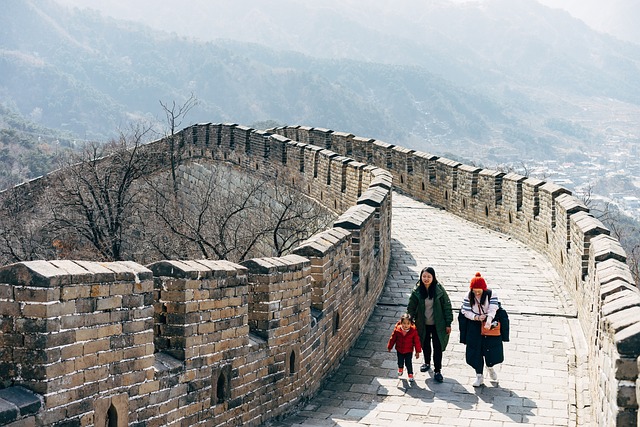Tag: China
-
Beijing Facts for Kids | The Capital of China
Beijing is located at the northeast border of East Asia’s largest alluvial plain i.e. North China Plain. The literal meaning of the word Beijing is ‘Northern Capital’. The name ‘Beijing’ was adopted by Empire of the Great Ming, the dynasty which ruled China for about 276 years. This name was used to make a distinction from…
Written by

-
Chinese New Year Facts For Kids | Longest Chinese Festival
Chinese New Year is one of the most important holidays for Chinese people. It is the longest festival of the Chinese calendar. It dates back to hundreds of years and many myths and legends are linked with this holiday. During ancient times, this festival was celebrated to pay respect to ancestors and divine beings. The…
Written by

-
Great Wall of China Facts For Kids – Fun Facts for Kids
Here I’m bringing you some of the most fascinating great wall of china facts for kids. All these insights about this medieval grandeur takes us to the time when you were not even born. So, let’s study some interesting facts about the great wall of china. According to the Chinese the great wall should be…
Written by

-
China Facts For Kids | A Historic Country
China is approaching to become the next superpower within the next 10 to 20 years as the country is progressing by leaps and bounds. With the massive size of 9.6 million square kilometers, China embraces some of the astounding landscapes, rivers and deserts of the world. The population of China is continually going up and…
Written by

